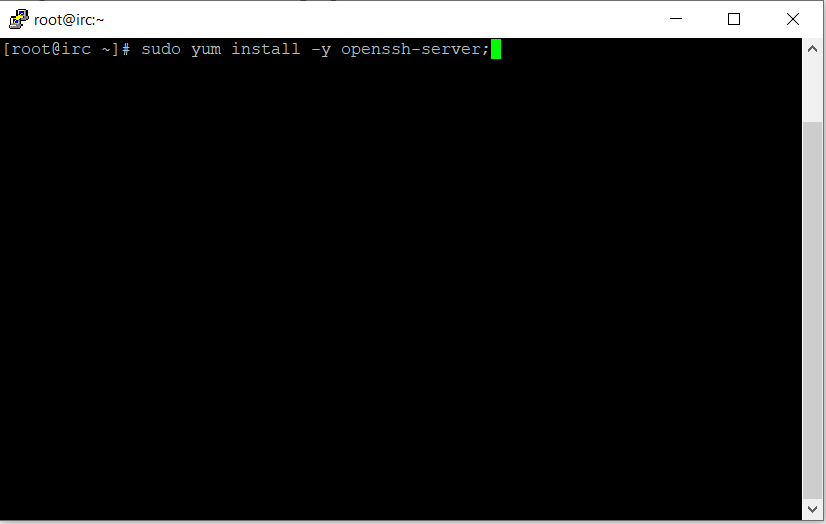

#Termius alias url scheme ssh password
This means that the agent will prompt for a key password at first run, but remember the authorization for subsequent runs.

But if you have multiple keys, it is necessary to pick a specific key with `-i `. Ssh -i id_rsa that if `id_rsa` will be stored in `~/.ssh` directory, you can omit specifying it in the command. Ssh -p 8022 public key authentication with ssh running on the standard port and a private key stored in the file `id_rsa`: Ssh as above, but if the ssh daemon running on different port, e.g. To login to a remote machine where the ssh daemon is running at the standard port (22): You can obtain an SSH client by installing either `openssh` or `dropbear`.
#Termius alias url scheme ssh install
If you never used these tools before, it is recommended to install 'openssh' as it is more common. Termux provides SSH via two packages: dropbear and openssh. SSH provides a secure way for accessing remote hosts and replaces tools such as telnet, rlogin, rsh, ftp. If you need to stop server, run sv down ftpd. Now you ready to enable and start the FTP daemon service:įTP server will run on port 8021 in read-only mode. Source $PREFIX/etc/profile.d/start-services.sh If you decided to use FTP server, install these packages:Īfter installation you need to restart session or source this file: Termux FTP server is based on busybox and service is managed by. Termux FTP server supports only anonymous login, there no any authentication and everyone on your network can access files on your device. Warning: plain FTP is deprecated and insecure anyway.

We can use SSH default configuration file to create SSH alias.

This is my preferred way of creating aliases. We can create an alias for SSH commands in two methods. No worries! This can be easily solved by creating an alias(or shortcut) for SSH connections. However, If you SSH into multiple different systems, remembering all hostnames/ip addresses, usernames is bit difficult unless you write them down in a paper or save them in a text file. I believe most of the newbie Linux users and/or admins would SSH into a remote system this way. sk is the username of the remote system,.Or using port number, username and IP address: $ ssh -p 22 using port number, username and hostname: $ ssh -p 22 22 is the port number,


 0 kommentar(er)
0 kommentar(er)
